Md Sohag👋
A Passionate Full Stack Developer 🖥️ with 9+ years of experience, having worked on projects across 40+ countries worldwide.
A Passionate Full Stack Developer 🖥️ with 9+ years of experience, having worked on projects across 40+ countries worldwide.
I'm here to help if you're searching for a product designer to bring your idea to life or a design partner to help take your business to the next level.
Web development is the process of creating websites and web applications for the internet. It includes web design, web content development, client-side/server-side scripting, and network security configuration.
Front-end development focuses on the visual and interactive aspects of a website (what users see and interact with), using technologies like HTML, CSS, and JavaScript. Back-end development involves server-side logic, databases, and application functionality, using languages like PHP, Node.js, Python, and frameworks like Laravel.
HTML (HyperText Markup Language) is the standard markup language used to create web pages. It structures the content on the web by using elements like headings, paragraphs, images, and links.
CSS (Cascading Style Sheets) is a stylesheet language used to describe the presentation of a document written in HTML or XML. CSS defines how elements should be displayed on screen, on paper, or in other media.
To make a website responsive, you can use CSS media queries to adjust the layout based on the screen size. Additionally, frameworks like Bootstrap provide pre-defined classes to help create responsive designs easily.
JavaScript frameworks (e.g., Angular, React, Vue.js) provide a structured way to build web applications. Libraries (e.g., jQuery, Lodash) offer pre-written JavaScript code to simplify development tasks.
PHP (Hypertext Preprocessor) is a popular server-side scripting language designed for web development. It is embedded in HTML and interacts with databases to create dynamic web pages.
Laravel is a PHP framework that provides tools and resources to build modern PHP applications. It follows the MVC (Model-View-Controller) architectural pattern and offers features like routing, authentication, and templating.
WordPress is a content management system (CMS) that allows you to create and manage websites easily. It is known for its simplicity, flexibility, and a large library of plugins and themes.
An API (Application Programming Interface) is a set of rules that allows different software entities to communicate with each other. In web development, APIs are used to interact with external services and data.
Python is known for its simplicity, readability, and versatility. It has a clean syntax, extensive libraries, and supports multiple programming paradigms, making it suitable for a wide range of applications.
Django is a high-level Python web framework that encourages rapid development and clean, pragmatic design. Key features include an ORM, an admin interface, built-in authentication, and a focus on reusability and pluggability of components.
Python can be used for automation through scripts and libraries. Common tasks include automating repetitive tasks like file manipulation, web scraping, data processing, and task scheduling using libraries such as `os`, `shutil`, `schedule`, and `pyautogui`.
Common libraries for web scraping in Python include `BeautifulSoup` for parsing HTML, `requests` for making HTTP requests, and `Scrapy` for more advanced scraping and crawling tasks. These tools help extract data from websites efficiently.
Python can be used to build a wide range of services, including web services (using frameworks like Django or Flask), APIs, data processing pipelines, automation scripts, and machine learning models. Its versatility makes it suitable for various types of services.



